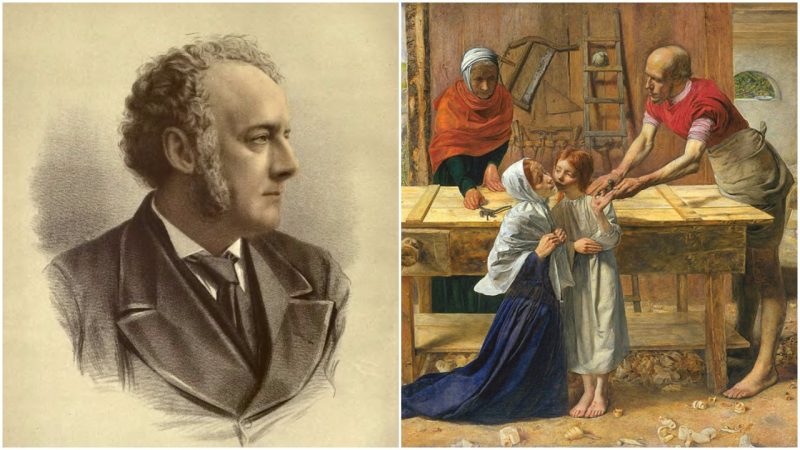John Everett Millais was a prominent English painter who is praised as one of the founders of the famous Pre-Raphaelite Brotherhood.
His meticulously detailed painting “Ophelia” is known as one of the most complex and beautiful artworks of the 19th century.
The main theoretical hypothesis of the Pre-Raphaelites was that Raphael, the famous painter from the early 16th century, corrupted the academic perception of art by re-introducing the notion of classical elegance to the Western art scene. Therefore, the Pre-Raphaelites praised medieval artists who lived before Raphael and sought to create art which was realistic, extremely detailed and full of complex compositions.
Millais was a child prodigy who exhibited a stunning talent for painting from a very young age. He became a student of the Royal Academy at the age of 11 and still holds the record for being the youngest Royal Academy student in history.
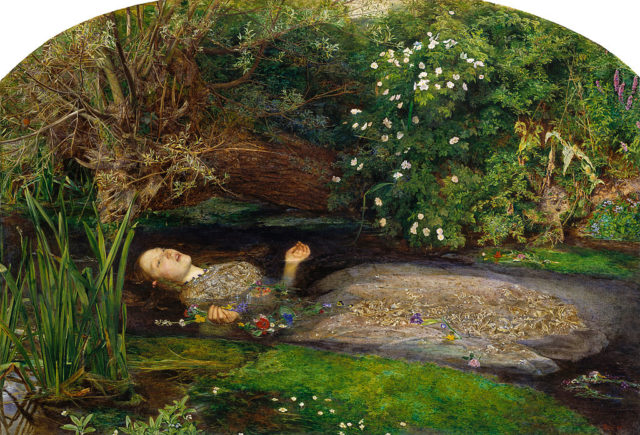
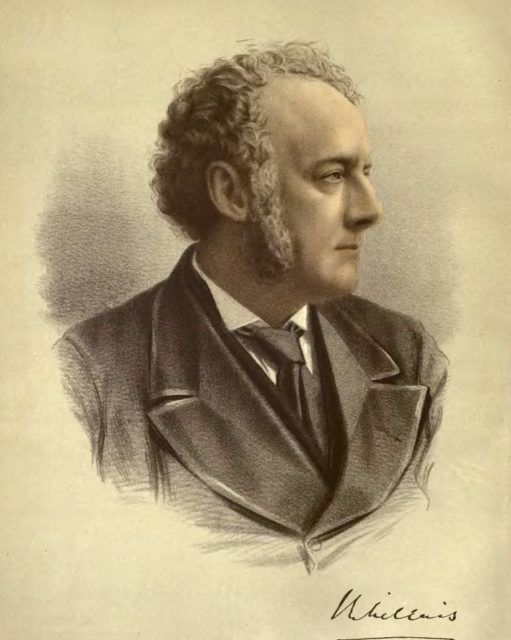
In 1848, at the age of 19, he founded the Pre-Raphaelite Brotherhood with his friends Dante Gabriel Rossetti and William Holman Hunt. The three artists rose to prominence and international fame through their exceptional artistic style and controversial themes.
However, Millais was by far the most prominent Pre-Raphaelite painter and was enormously successful. His paintings were bought by royalty and noblemen across Europe and, in his later years, he became one of the wealthiest artists in the world. His wife, Euphemia Chalmers Gray, greatly contributed to his popularity by advertising his paintings, organizing exhibitions and persuading noblemen into buying many of his earlier works.
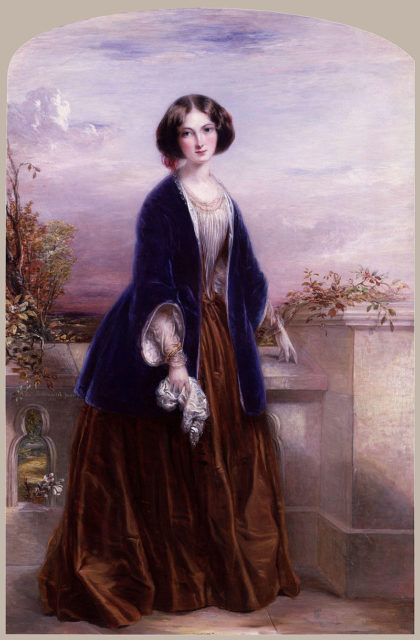
Millais painted his most controversial painting in 1849, at the age of 20. The painting, entitled “Christ in the House of His Parents,” depicts Christ as a young boy in the carpentry workshop of St. Joseph. Christ had accidentally cut his hand on a nail, and Joseph and the Virgin Mary are tending to the wound. The cut resembles a stigma and symbolizes Christ’s somber fate of torture, crucifixion, and death. The painting also features a young John the Baptist, who is shown to be carrying a pot of water symbolizing the future baptism of Christ.
The painting generated unprecedented controversy because it presented a realistic depiction of the living conditions of the era in which Christ lived. The figures of Joseph, Joseph’s assistant, John the Baptist, and Christ are underweight and appear malnourished. Some critics of the time even suggested that the physique of the characters in the painting display signs of rickets and various other diseases associated with extreme destitution and poor living conditions.
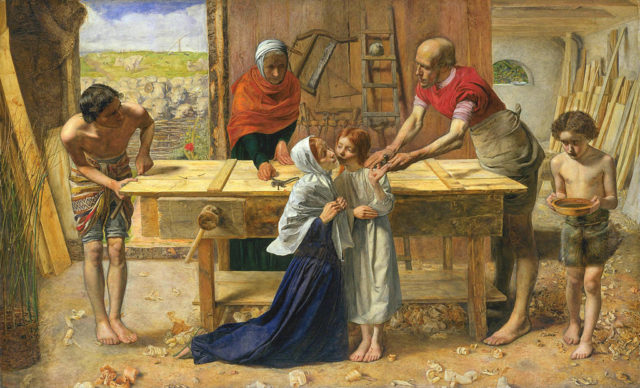
Furthermore, the carpentry workshop is depicted as shabby and unclean, with pieces of wood, dirt, and dust scattered all over the floor. Such representation of the Holy Family corresponded with the Pre-Raphaelite’s desire to accurately depict historical realism, despite being in conflict with the dominant religious views of the Victorian era.
Art critics, prominent literary figures, and religious authorities of the time fiercely attacked Millais. The famous writer Charles Dickens was appalled by the rugged appearance of the characters in the painting and stated that the Virgin Mary was portrayed as being “so hideous in her ugliness that she would stand out from the rest of the company as a Monster, in the vilest cabaret in France, or the lowest gin-shop in England.”
Dickens further commented on the depiction of Jesus by stating that he appeared as a “wry-necked, blubbering red-headed boy in a bed-gown, who appears to have received a poke while playing in an adjacent gutter.”
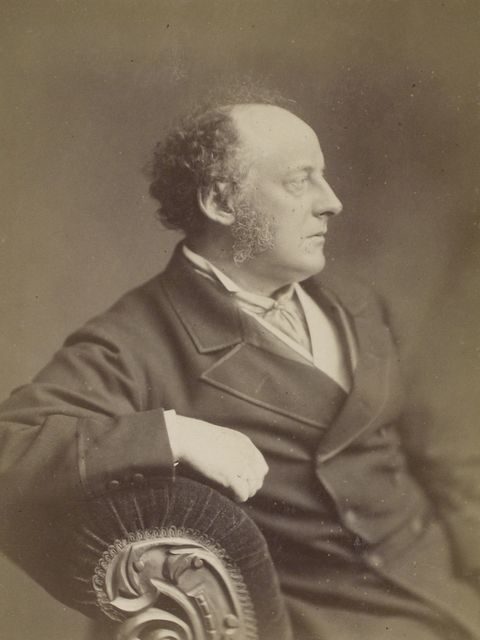
The painting was exhibited at the Royal Academy in 1850, along with several other Pre-Raphaelite paintings, including William Holman Hunt’s stellar “A Converted British Family Sheltering a Christian Missionary from the Persecution of the Druids.” The people who saw Millais’ painting were so shocked by its gritty realism, that the painting had to be removed from public display several days after it was exhibited.
However, the painting’s controversy greatly helped Millais on his way to international artistic stardom. Namely, rumors of the unprecedented, controversial style of the young artist quickly reached the court and the famous Queen Victoria herself. She ordered the painting to be transported to Buckingham Palace, where she could study it in private.
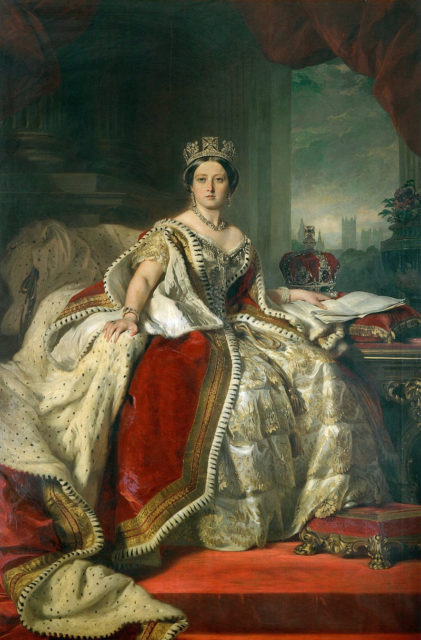
Fortunately for Millais, Queen Victoria recognized his hugely artistic potential and applauded his fearless and realistic portrayal of historical circumstances.
Read another story from us: Ten paintings with intriguing & secret symbols & messages
The Queen’s approval of his style encouraged other artists of the time to abandon classical depictions of religious themes and produce detailed and historically accurate paintings. What’s more, the Pre-Raphaelite movement was immediately recognized as a revolutionary style of art which opposed the neoclassical notion of beauty.
